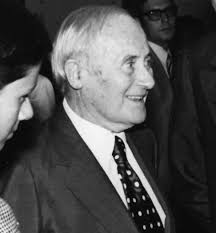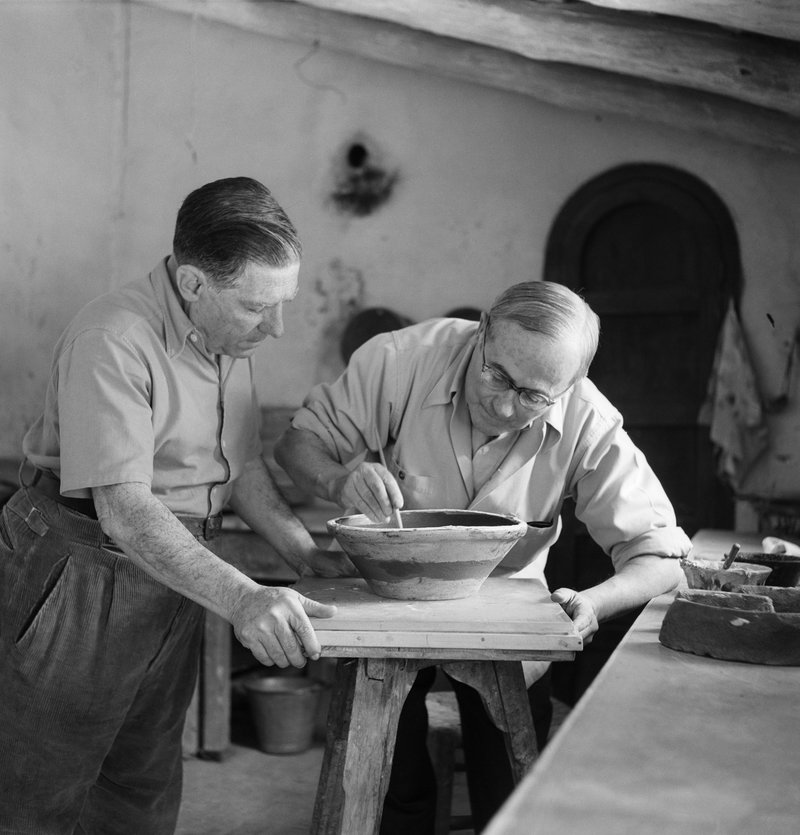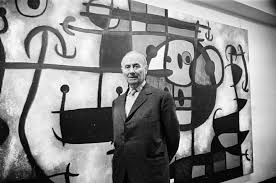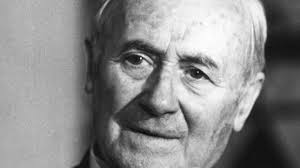
1893 - 1983
Joan Miró i Ferrà

description
A Spanish (Catalan) painter and sculptor, whose work had a huge impact on the entire generation of modern artists. Joan Miro’s paintings are the earliest surrealistic works. They served as the basis for the further formation and development of the style that is extremely popular to this day.
Joan Miro tried his hand in various modernist and avant-garde styles of European painting, but never stopped on one of them completely, constantly improving and enriching his artistic method, experimenting with different painting techniques and methods. The result of these experiments was his painting style based on surrealism. This is what allowed the artist to rethink the basic principles of fine art in accordance with his original vision of the surrounding reality.
The unique world of Joan Miró is full of unique images and symbols. They are presented in the form of pure plastic signs located in an empty space; they are not completely abstract but rather resemble naive art or drawings of children. Miro’s paintings consist of geometric, right or wrong figures, a dance of twisting lines and small details that have mystical meaning and create an indescribable atmosphere of each work.
Key ideas:
– The artist’s style is brief and maximally simplifies the depicted objects. In the works of Miro, objects and shapes are presented in the form of simple geometric structures, lines and spots. They are so stylized that at first glance, it is sometimes difficult to understand what exactly is depicted on the canvas. A clue is often the name of the picture, partially explaining its meaning.
– Miro’s creativity is distinguished by the bright individuality and originality of his artistic vision. His paintings open to the viewer an unreal, fantastic world, inhabited by strange creatures and plants, filled with outlandish objects. The unusual fusion of fiction and reality causes a feeling of understatement and creates a special, unique atmosphere of distortion of reality.
– Complete freedom of expression is the most precise characteristic of Miro’s art. Trying his hand in a wide variety of graphic styles, the artist never adhered to strictly established canons and methods. He expanded the boundaries of the art movement, using those expressive means that seemed to him the most suitable and appropriate. In his paintings, Miro used original colour schemes and unique graphic shapes.
– The author’s works are distinguished by increased expression. Despite relatively simple artistic means, Miro managed to create remarkably expressive and emotionally rich canvases. Vivid colour accents and mysterious forms evoke certain feelings in the viewer, causing genuine interest and arousing imagination.
– In addition to painting, Joan Miro was also engaged in sculpture, ceramics and decorative work. His collages are special. They have the main elements of the author’s style, expressed using a particular combination of materials and textures.
1893
1907
1911
1912
1919
1921
1925
1937
1940
1945
1955
1975
1983
Joan Miró I Ferrà was born into the family of a watchmaker and jewelry master
He entered the School of Commerce

He suffered a serious illness

Entered the art academy in Barcelona

Moved to Paris

The individual exhibition of Miro

Joined Surrealists

The Civil War forced the artist to return to Paris from Spain

He started working on his series "Constellations"

An individual exhibition of Miro

Fulfilled the order for painting the walls of the Paris branch of UNESCO

Founded the Miro Foundation

The death of the artist

